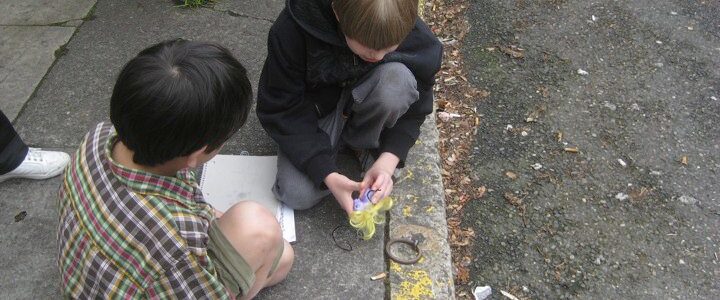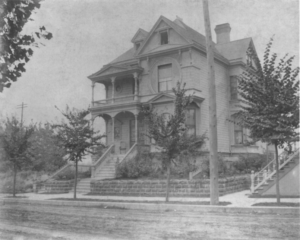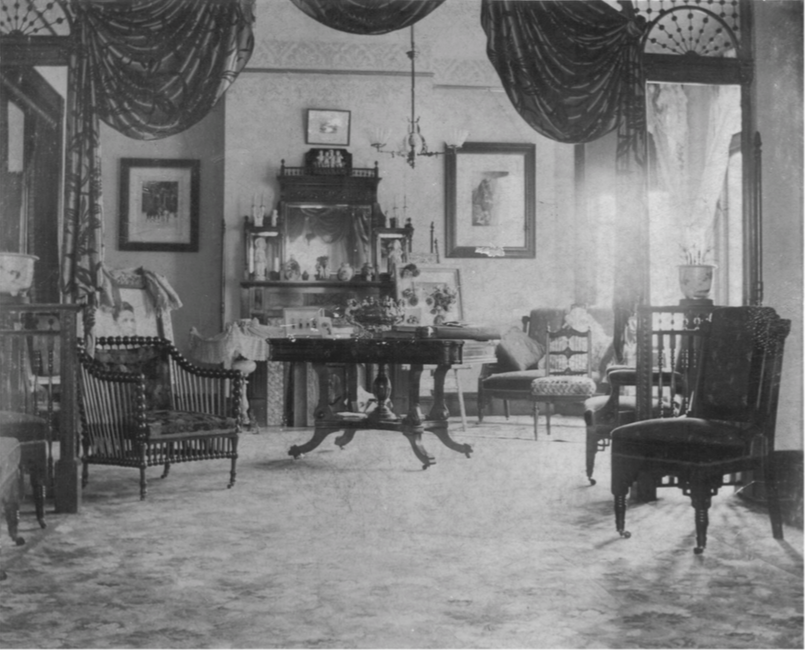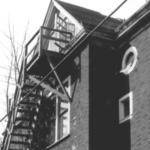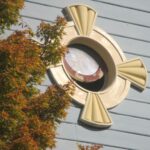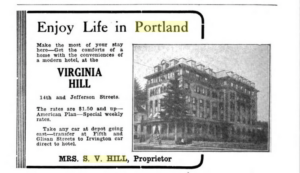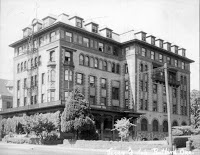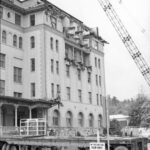Why are there so many horse rings in our neighborhoods?

Since the 1970s horse rings in Portland must be returned/replace post curb construction and repair. Starting in 2005, The Horse Project has encouraged participants of all ages to attach toy horses to the rings. The effort’s first horse was installed in the Pearl by Scott Wayne and the installations of plastic horses has expanded organically across our city. We applaud their decade long effort to engage citizens and tourists via toys to our City’s rich history.
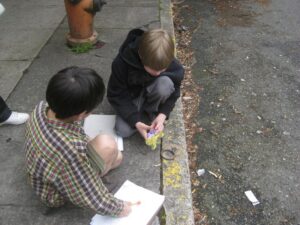 For a decade now The Portland Horse Project has connected the history of horse transportation by attaching plastic horses to existing horse rings. This art activity engages children and adults with very tangible remnants of our city’s equine past. The horses left on the rings add a bit of whimsy to our city street. This guerrilla art effort, started in 2005 by Scott Wayne, links us to our past.
For a decade now The Portland Horse Project has connected the history of horse transportation by attaching plastic horses to existing horse rings. This art activity engages children and adults with very tangible remnants of our city’s equine past. The horses left on the rings add a bit of whimsy to our city street. This guerrilla art effort, started in 2005 by Scott Wayne, links us to our past.
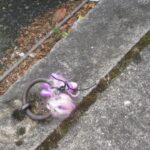 As a child I thought that all the horse rings in the curbs were for the personal use of the property owners. If all owners today had cars, why not personal horses?, followed my logic. In fact all the rings were not for personal horses they were for delivery drivers to tie up their horses when bringing owners slab wood, blocks of ice, moving furniture, etc.
As a child I thought that all the horse rings in the curbs were for the personal use of the property owners. If all owners today had cars, why not personal horses?, followed my logic. In fact all the rings were not for personal horses they were for delivery drivers to tie up their horses when bringing owners slab wood, blocks of ice, moving furniture, etc.
In January 15, 1907 the Oregonian ran the story “Fuel Dealers are Unable to Supply Their Customers” this was attributed by the East Side Slab Wood Company pointing not to a supply shortage but to a shortage of horses: “Our only trouble is to find teams for delivery.” East Side Slab Wood Company switched from hauling with horses to “auto trucks” in 1920 and sold off its 16 wagons in the classifieds. Other companies including the Portland Slabwood Company, Crystal Ice and Storage Company, Holman Transfer Company, and Multnomah Fuel Company were facing more stringent City rules governing their stables which propelled them to mechanization of their hauling systems. Garbage wagons appear to have been single operator ventures when the garbage wagons were not city owned and operated. As these various haulers of goods converted to new delivery systems the horse rings slipped into disuse for decades.
It would be interesting to learn when the city switched to garbage trucks and when did household stop burning most of their trash in their yards. Perhaps the subject of a future Fun Fact…

